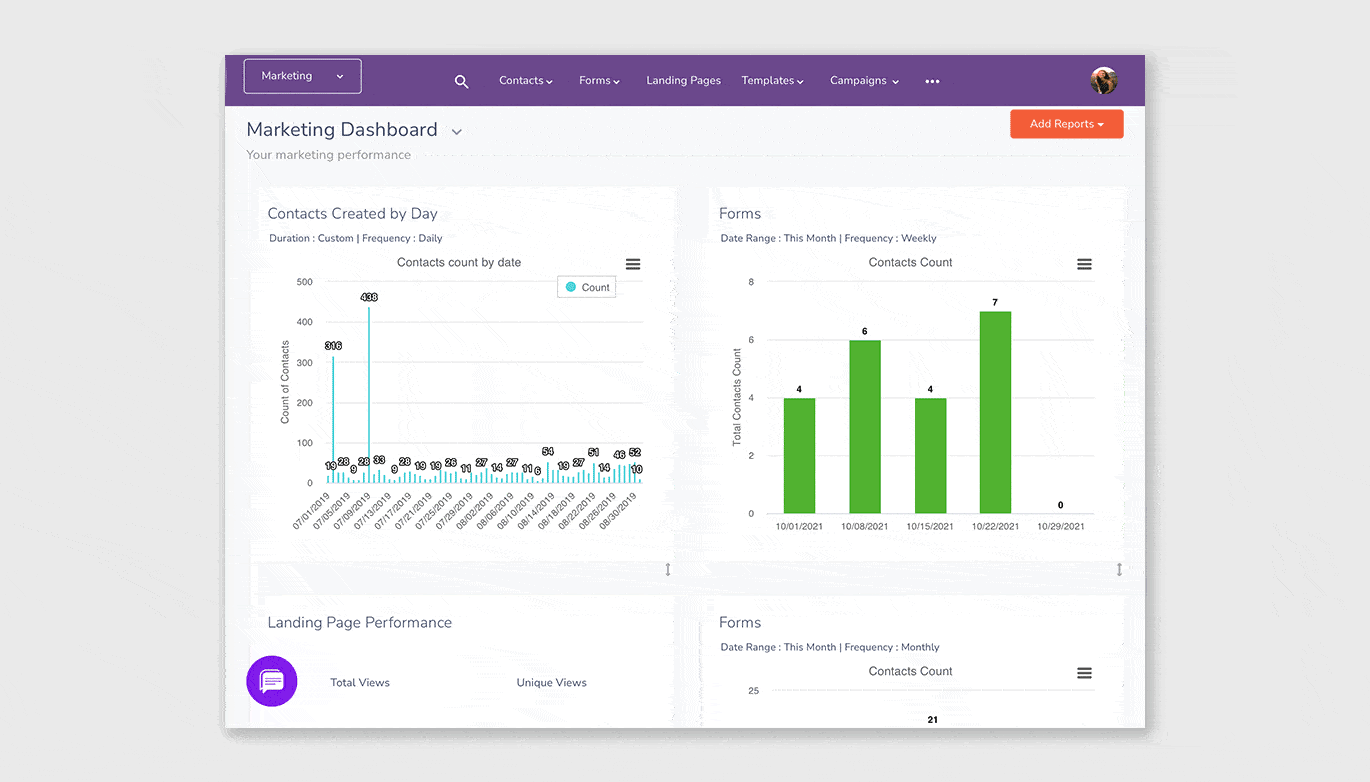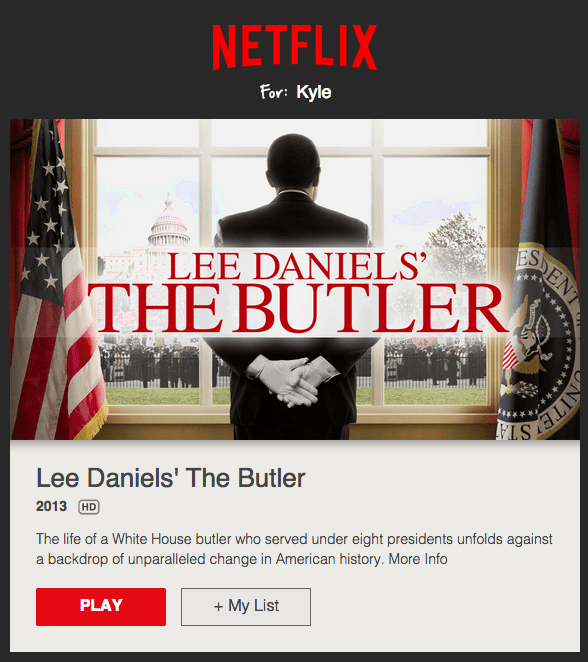Before marketing to an audience, segmenting them is a must. You have so many options for segmentation, such as geographics or demographics like age, gender, occupation, income, marital status, number of children, and the list goes on.
Another option at your disposal is behavioral market segmentation, also referred to as psychographic segmentation.
If you’re unfamiliar with audience segmentation, this in-depth guide will tell you everything you need to know. We’ll present a definition, benefits, and clear-cut strategies you can use to improve customer loyalty and satisfaction.
Let’s get started!
Table of Contents
What Is Behavioral Market Segmentation?
Okay, so what exactly is behavioral market segmentation?
This segmentation-based means of dividing customers into niches uses psychographics rather than geographics and demographics. And what are psychographics, you ask?
Psychographics include a person’s opinions, behaviors, motivators, attitudes, beliefs, and aspirations. These factors influence a potential customer’s decision-making, not just for an initial purchase, but long down the line into the customer journey.
Related: What is Behavioral Targeting?
The Benefits of Behavioral Market Segmentation
Behavioral segmentation has many advantages, so let’s go over them.
Makes your message more compelling
What allows a company to connect so well with a customer or lead? Simple! It comes down to emotions.
According to market research from Pollfish, when you can emotionally engage with your audience, 70 percent of them may spend 2x or 3x more money on your products or services.

You can’t connect to a person’s emotions as well when all you have is their location or industry. When you understand what motivates your audience, what makes them tick, you can create compelling messaging that connects more viscerally and emotionally.
That’s what drives results and pushes sales.
Makes your marketing personalized
If you only take geographics and demographics into play, you can craft meaningful enough marketing campaigns that resonate with the desired segments.
However, if you want to deploy a campaign that feels so personalized that it almost seems made for one person, you need to incorporate behavior market segmentation.
When you incorporate one’s psychographics with geographics and demographics, you hit more nails on the head with your campaigns.
The personalization that goes into your marketing campaigns speaks to leads and customers on a more personalized level and will surely nudge them to act.
Increases brand loyalty
All companies wish for more brand loyalty. Psychographic segmentation is one way to go about it.
When you connect emotionally and tailor your message so well, you can’t help but motivate leads to convert to customers and first-time customers to convert to repeat buyers.

Combined with your top-notch shopping experience and high-level customer service, a customer who shops with your brand won’t be able to stop themselves from talking you up to everyone they know.
This can increase referral traffic, increasing the number of engaged leads and customers in your sales funnel.
Helps find your most engaged leads
Speaking of lead engagement, determining which of your users engage with you the most early on is an important part of successful marketing. You don’t want to waste time, money, and other resources on cold leads or only slightly engaged leads.
When you filter your audience by psychographics, you can easily identify the most engaged leads. They’re the ones who open your emails, click your links, engage with your content, and subscribe to your newsletter.
They have a proven history of following your brand, even if they have yet to make the jump and complete a purchase.
With more nurturing on your part, you can drive these leads to make the purchasing decision they’ve hesitated on.
Read also: A Comprehensive Guide To eCommerce Email Segmentation
The Types of Behavioral Segmentation
Now that you better understand behavioral segmentation and its benefits, let’s next delve into the types of psychographic segmentation.
Usage
The first type of psychographic segmentation involves how your audience uses your products and/or services.
For example, how many accounts does a lead or customer have to use your product or service? Which features do the most leads and customers use?
How much time do your users spend with your products and services? How frequently do they use them?
Based on how you answer the above questions, you can then categorize your users in one of three ways: light usage, medium usage, and heavy usage.
Light usage leads and customers barely have a need for your product or service. They might try it once and never come back to it or use it very sporadically.
If you can engage with these users to better understand why they’re not relying more on your products or services, you could potentially change their opinion and still win their conversion.
However, you may just as well decide that this group isn’t worth the time or marketing dollars and move on to the second group.
Those are your mid-level users. They use your products or services more often than the first group, but not frequently enough.
Perhaps they use your products or services for an event or special occasion like a holiday or anniversary. Either way, it’s worth marketing toward this group to see if you can increase their product/service use.
The last group is by far the most important, as these leads and customers use your products and services very often. They’re engaged and rely on your products and services to get them through their daily lives.
You’ve connected with this audience segment well, but you want to keep building upon that professional relationship to retain them.
Customer journey stage
The next type of behavioral segmentation is identifying your users based on their customer journey stage.
How you’d engage with leads in the awareness stage differs significantly from those on the cusp of a purchase.
Unfortunately, segmenting your audience by the customer journey stage alone can sometimes prove difficult. The customer journey is rarely a linear process, as much as we marketers wish it was.
If leads or customers go through the stages out of order, that complicates segmenting.
Benefits sought
That brings us to ‘benefits sought’ segmentation. Before making a purchasing decision, a lead will wonder how a product or service will benefit them.
For instance, let’s say your company sells vacuum cleaners, and a lead is in the market for a new vacuum. They’re looking for specific benefits, with a clean house being the chief one.
More so than that, they want a vacuum that’s:
- Easy to use
- Doesn’t weigh too much
- Charges quickly
- Has a long cord or no cord
- Doesn’t make too much noise
- Cleans up pet hair
- Can be stored easily
With so many benefits of a vacuum cleaner, it doesn’t make sense to market it just for its cleaning power. Different segments of your audience will seek different benefits in addition to how well the vacuum cleans, so you must market your products and refine your messaging accordingly.
Purchasing behavior
The next type of behavioral segmentation divides your audience based on their purchasing activities.

When your leads convert to customers and make a purchasing decision, what inspires them to do that? How do they approach the process?
Is purchasing a product or service a very complex process, or is it easy to do? What other kinds of barriers exist that might prevent the lead or customer from completing a purchase?
For instance, do you sell your products or services at a price deemed too high for them? Do you only accept payment methods they can’t use?
Once you better understand how your audience shops, you can split them into one of four types of purchasing behaviors 👇🏻
Habitual
When customers buy habitually, they have a strong loyalty to a brand. It’s not necessarily that one brand of toilet paper feels different from another or that one brand of ice cream tastes different.
These customers prefer the brands they prefer and always buy them. If they can’t find that brand because it’s sold out, instead of choosing another brand, they’d rather go to a different store to look for their preferred brand.
Dissonance reducing
Another type of purchasing behavior is dissonance reduction. This occurs when a customer is stuck between two brands of similar quality and focuses on one trait to guide their final decision, such as quality, color, or cost.
Variety seeking
For those customers with less brand loyalty, they might follow variety-seeking purchasing behaviors. They’ll want to try a number of different brands before deciding which brand they think is best.
Complex
More involved customers might engage in complex purchasing behaviors. This usually occurs when making a major financial decision, such as which car to purchase.
Status
You can also categorize your audience behavior based on their user status.
For instance, you have current customers, but you can divide them further by status into first-time buyers and long-term or regular buyers.
You also have leads and, inevitably, former customers. Finally, you have non-users, who could always convert into leads with enough marketing.
Customer loyalty
Yet another means of behavior-based segmentation is loyalty benchmarks.
You should identify your most loyal customers. They’re the ones worth holding onto, as they drive the most revenue for your company. Continue to engage with them and find novel ways to deepen the professional relationship.
You should also review the processes and marketing campaigns these customers were exposed to so you can drive the same sorts of outcomes for future leads.
Timing or occasion
The last type of behavioral segmentation is by purchasing frequency.
Your customers may buy on regular occasions such as holidays and anniversaries. They might save their purchases for seasonal events, or they could purchase on personal occasions unknown to you.
For example, if a customer buys a vacuum because they adopted a new pet, this can seem like a random purchase.
That’s why demographics and geographics are also important in segmenting your audience. Once you know that your customer has three kids and a new puppy, those random purchases suddenly seem a lot less random!
Read also: Customer Intelligence (CI): The Missing Support Puzzle Piece
Behavioral Segmentation Strategies and Techniques
Behavioral market segmentation is more than a means of dividing your audience for more sales. You can also use specific strategies to drive more marketing success. Here’s how.
Use historical data to your advantage
If your company doesn’t already use a CRM, what are you waiting for?
A CRM solution can create detailed records of a customer’s behavior from the moment they enter the sales funnel, including notes from the salespeople and marketers who have interacted with that customer.

History tends to repeat itself. This means that if your customer has behaved a certain way in the past, you can reasonably expect them to do it again. You need historical data to paint a picture of what the future may look like.
What if you don’t have a CRM yet? Hopefully, your sales team took meticulous notes and saved all the early email interactions. This will do for now, but a CRM will make it so much easier to analyze all relevant customer data in the future.
Read also: Customer Segmentation Examples & How To Follow Them
Treat every customer differently
Understanding your customers to the great extent that you now do through psychographic segmentation allows you to do more than better predict when they may enter, reenter, or progress through the sales funnel.
Your marketing team is now better equipped to work with the customer at a natural and comfortable pace. When you nurture a customer this way, they remember it.
They won’t feel pressured into making a purchasing decision, as you only gently nudged them along rather than shoved it down their throats. They’ll shop with confidence and might feel inspired to purchase from you again since it went so well the first time.
Upsell and cross-sell
Another advantage of segmenting your audience through demographics and psychographics is how well you get to know their preferences. That makes it easier to upsell and cross-sell successfully.
Let’s go back to the vacuum cleaner example again. Since you know your customer has a new puppy in the house, you might recommend other specialized products or accessories you sell for tackling pet messes.
Your customer will be more receptive to your offer since it’s tailored to them. Increasing their receptivity boosts the chances of you closing the deal and earning the company even more money.
Your customer will also remember your thoughtful suggestions, so they may speak positively of your brand to their family, friends, and colleagues.
Read also: What Is Audience Segmentation & What Is Its Impact on Marketing
4 Popular Examples of Behavioral Segmentation
Do you want to see behavioral market segmentation in action? The following examples of real campaigns and techniques used by your favorite brands will motivate your future campaigns.
Netflix
When you create a new Netflix account, it’s like a blank slate. The service won’t yet make any recommendations to you because it doesn’t understand your preferences.
As you begin collecting a viewing history, the built-in AI will understand the types of programming you like and begin making suggestions for new shows and movies to watch.
By continuing to use Netflix, the AI gets smarter, making even more personalized recommendations before you eventually find that new show you’re obsessed with. This is part of how Netflix keeps customers tethered to its service.
DavidsTea
Canada’s DavidsTea uses behavioral data to ultra-personalize its email content. Just take a look at the image below to see what we mean!
DavidsTea kept track of when the customer first converted, which location welcomed them, how much tea they’ve bought since then, and what their favorite tea is.
This level of personalization shows that a company like DavidsTea truly understands its customers inside and out. You can bet the company’s audience is in it for the long haul!
Olay
Olay is a brand that uses benefits-based psychographics exceptionally well.

The company unveiled an AI beauty tool where users can describe their skin in a fun quiz format and then receive advice on their current skin condition.
Of course, Olay recommends its products for fixing everything from under-eye bags to acne.
YouTube
Social media giant YouTube also has a similar premise to Netflix in how it recommends videos to users.
Based on the content you search for and the videos you watch, YouTube will suggest new channels and content for you to check out.
More examples of behavioral targeting
Conclusion
Behavioral market segmentation relies on psychographic information, such as a customer’s beliefs, opinions, and motivations, to divide an audience into specific, personalized segments.
If you’ve only relied on demographics and geographics to split your audience to this point, psychographics introduces more valuable information into the equation.
You can better understand a customer’s pain points, everyday life, and barriers to entry, marketing and selling to them accordingly!




